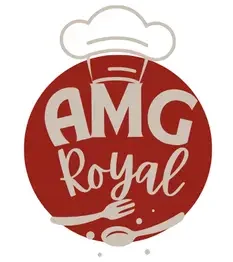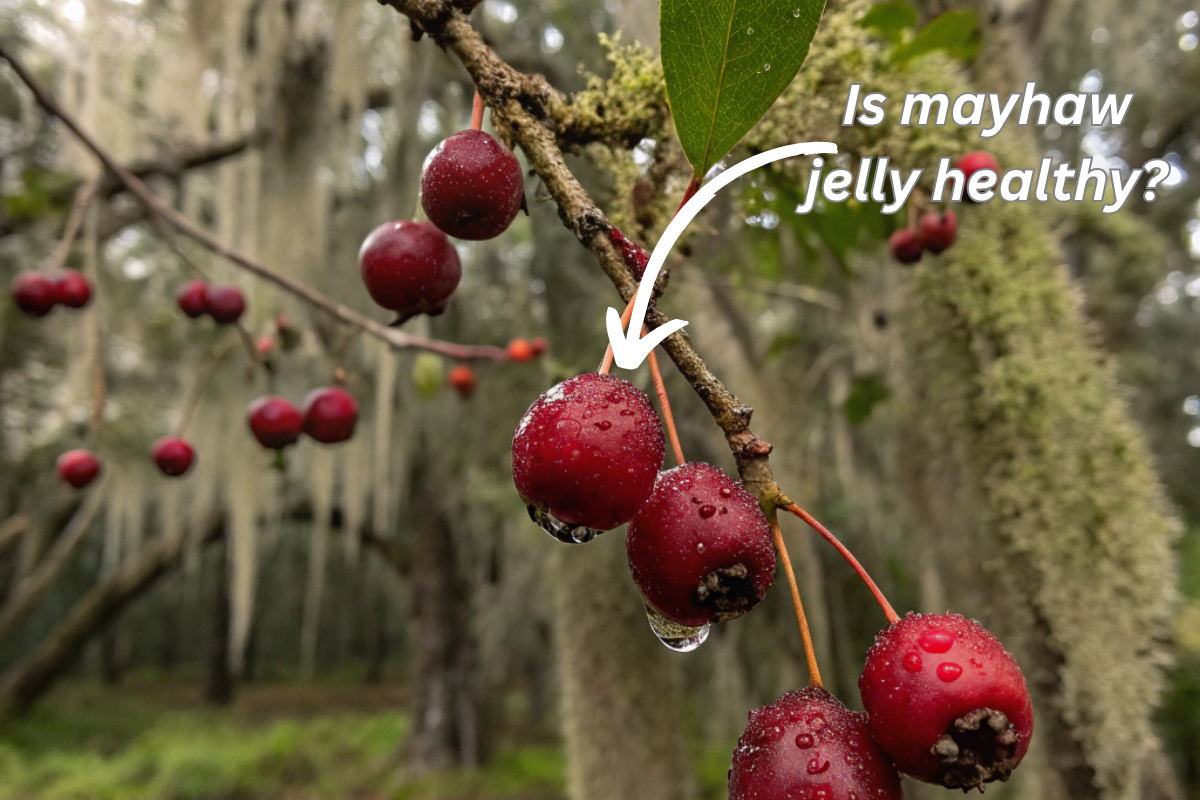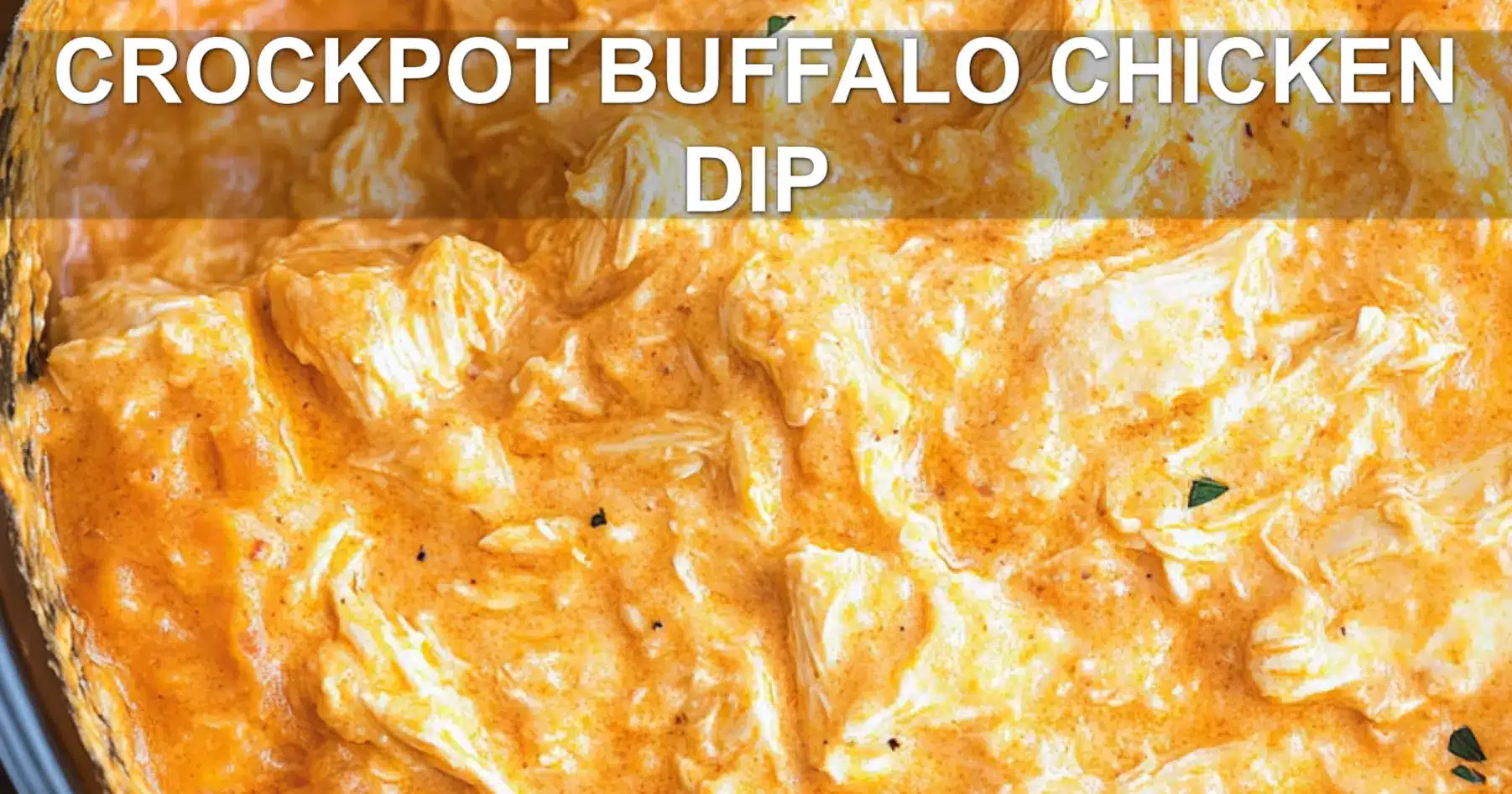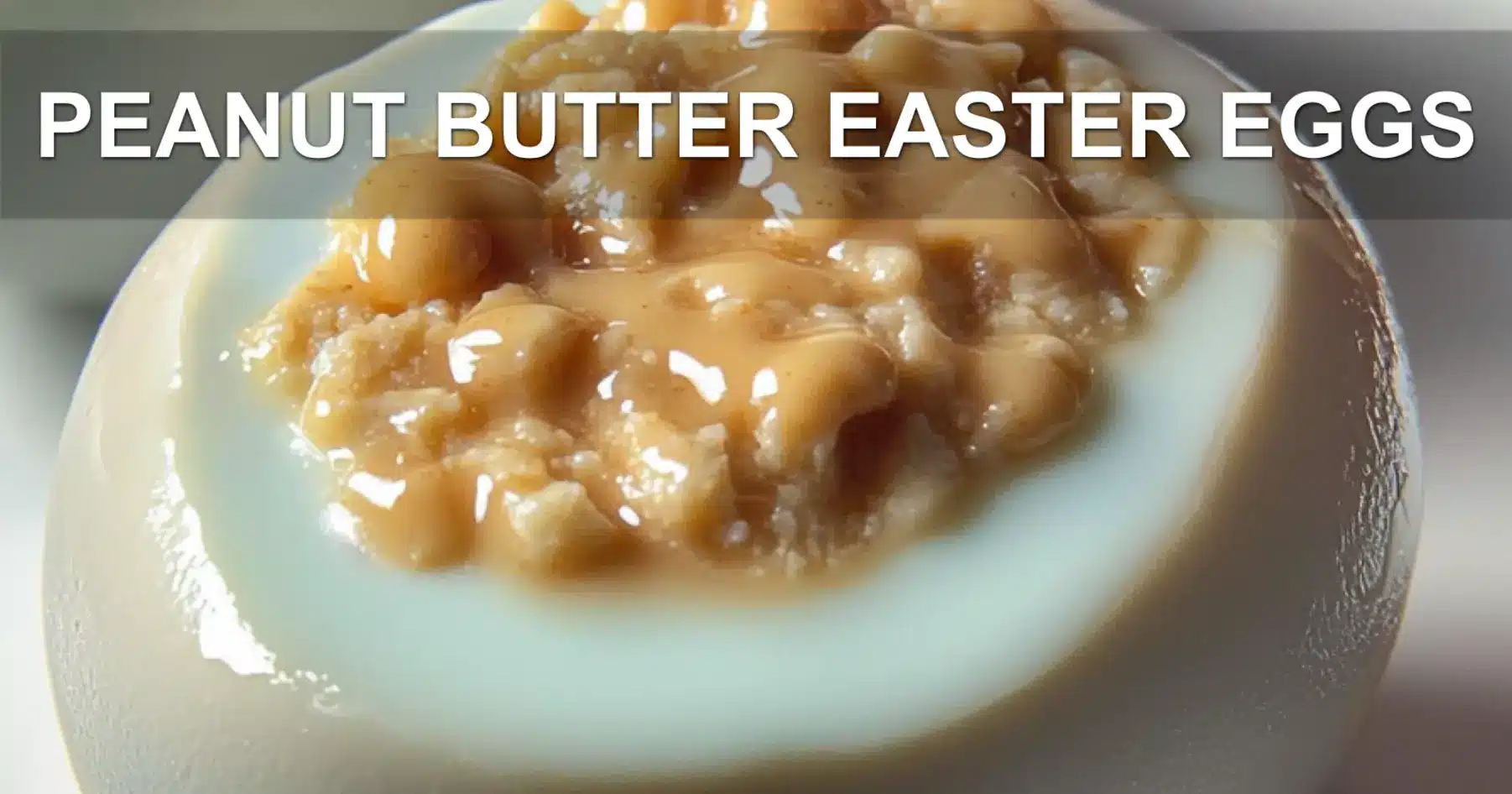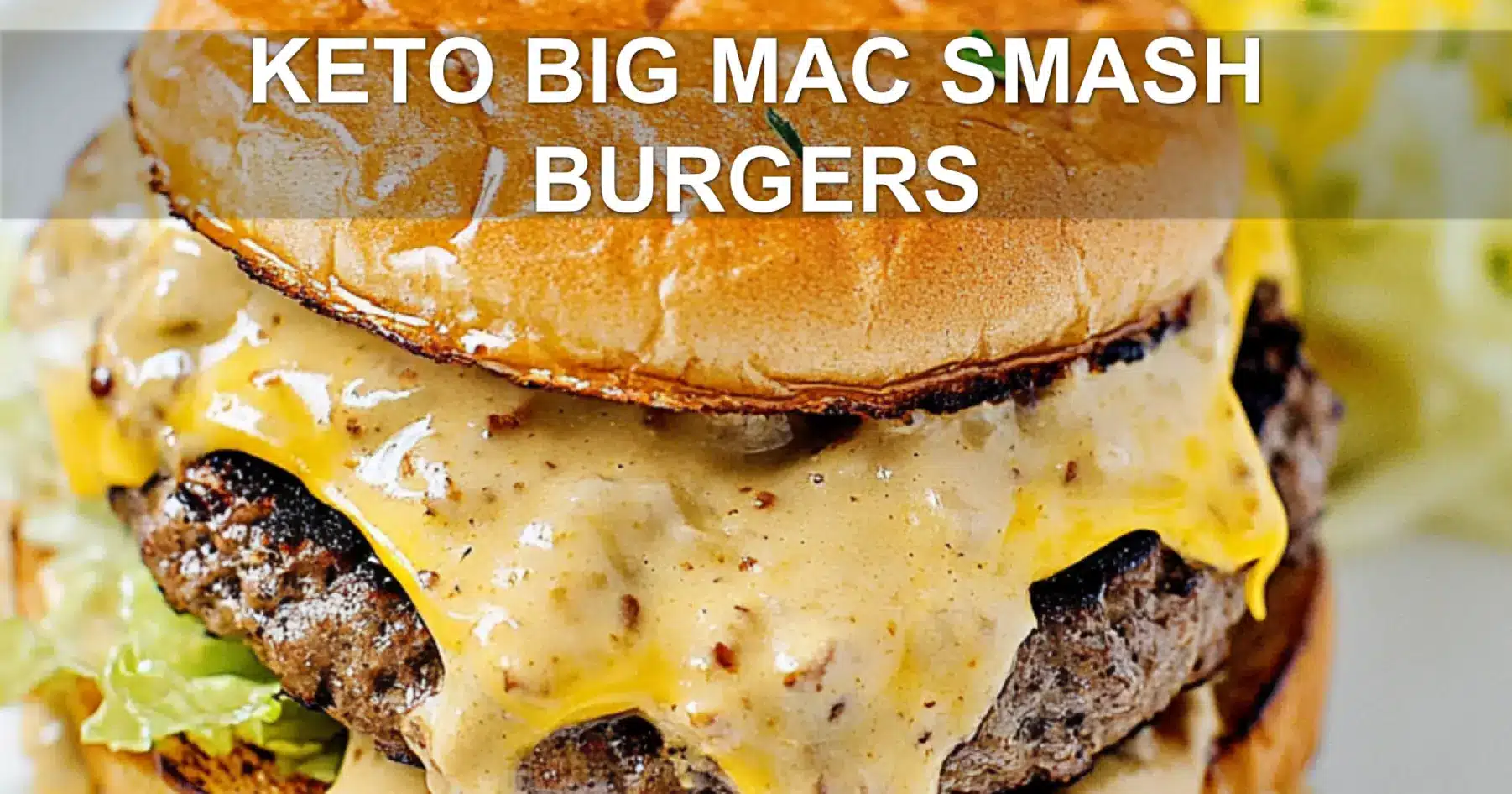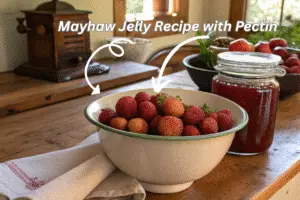If you’ve never heard of mayhaw jelly before, don’t worry—you’re not alone. Outside of the Southern U.S., it’s one of those “Wait, what is that?” kind of foods. But around here? It’s a beloved classic. A rite of spring. A pantry must-have. And once you taste it, you’ll totally get the hype.
Mayhaw jelly is that perfect balance of sweet and tart, made from tiny, wild berries that grow in swampy spots you’d probably never want to wade into—unless you’re jelly hunting. It’s a little old-fashioned, a little mysterious, and 100% delicious.
So if you’ve ever found a jar labeled “Mayhaw Jelly” and wondered what in the Southern goodness it was, you’re in the right place. We’re diving into everything—from what it is, where it comes from, and why you’re going to want to put it on literally everything.
Meet the Mayhaw: What Is It, Exactly?
Mayhaw Berries 101
Let’s start with the berry basics. Mayhaws are small, reddish fruits that grow on hawthorn trees—specifically, native species in the American South. Think of them like the crabapple’s sassier cousin: tart, bold, and ready to party in jelly form.
They’re not juicy like a strawberry or plump like a blueberry. In fact, raw mayhaws aren’t particularly tasty on their own. But cook them down, add sugar, and boom—you’ve got a jelly with a flavor profile that’s tart like cranberries, sweet like apples, and utterly unique.
Where Do Mayhaws Grow?
Here’s where it gets a little swampy—literally. Mayhaws thrive in lowland areas across Louisiana, Texas, Mississippi, Alabama, and parts of Georgia and Florida. Picture cypress trees, boggy fields, and maybe a gator or two lurking nearby. Yeah… these berries have character.
They usually ripen around late April to early June (hence the “May” in “mayhaw”), and locals often pick them by the bucketload—if they can beat the birds and raccoons to ‘em!
What Does Mayhaw Jelly Taste Like?
Tart, Sweet, and Totally Addictive
If mayhaw jelly had a personality, it’d be that charming, slightly sassy aunt who brings homemade goodies to every family gathering and always knows the juiciest gossip. It’s sweet, sure—but there’s a tangy little punch that makes it unforgettable.
The flavor starts out fruity and bright, then finishes with a zing that tickles your taste buds just enough to make you want another bite (or three). It’s not cloying like some store-bought grape jellies, and it’s definitely not bland. It’s bold, Southern, and totally its own thing.
Some folks say it reminds them of apple jelly, but with a wild twist. Others think it’s kind of like a mild cranberry sauce. Either way, it’s the kind of jelly you can enjoy on toast… and biscuits… and pancakes… and probably even by the spoonful when no one’s watching. (No judgment here.)
How It Compares to Other Jams & Jellies
If you’re used to strawberry, grape, or raspberry spreads, mayhaw jelly might surprise you. It’s:
- Less sugary than many store-bought options
- More tart and nuanced—think “I made this myself” level flavor
- Smoother than most jams, with a clean, jewel-like texture
- More rare, which just makes it feel a little extra special
And while jams are chunky and marmalades have those citrusy bits, mayhaw jelly is all about that silky, refined feel—no seeds, no pulp, just gorgeous, glossy goodness.
It’s basically jelly with Southern charm and a bit of attitude.
The History Behind Mayhaw Jelly
A Southern Staple
Mayhaw jelly isn’t just a regional recipe—it’s a cultural touchstone. Long before it found its way into fancy gift baskets or farmers market booths, it was made in tiny home kitchens, passed down through generations, and proudly stored in rows of mason jars in cool pantries across the South.
Back in the day, folks didn’t have access to big grocery stores or exotic fruits. They worked with what grew nearby—and mayhaws just so happened to grow in the swampy parts of their backyards. People picked them by hand (or by boat!), cooked them down, and made jelly not because it was trendy, but because it was delicious and kept well through the seasons.
From Wild Harvest to Kitchen Staple
Traditionally, families would head out in the spring—often right after a good rain—with buckets, boots, and high hopes. The trees only fruit for a short time in April and May, so it was a bit of a race. Some communities even had mayhaw-picking days or informal neighborhood competitions: who could gather the most, who had the best jelly recipe, and whose batch would actually set without turning into syrup. 😅
Over time, what started as a survival food became a treasured treat. Churches and civic groups began selling mayhaw jelly at festivals and fundraisers. Families proudly labeled their jars with handwritten dates and secret tweaks. And today? It’s still all that and more—a little taste of the past that continues to win over new fans with every bite.
How Mayhaw Jelly Is Made
The Basic Jelly-Making Process
Making mayhaw jelly isn’t rocket science, but it’s also not just tossing berries in a blender and hoping for the best. There’s a bit of a rhythm to it—and once you get the hang of it, it’s almost meditative.
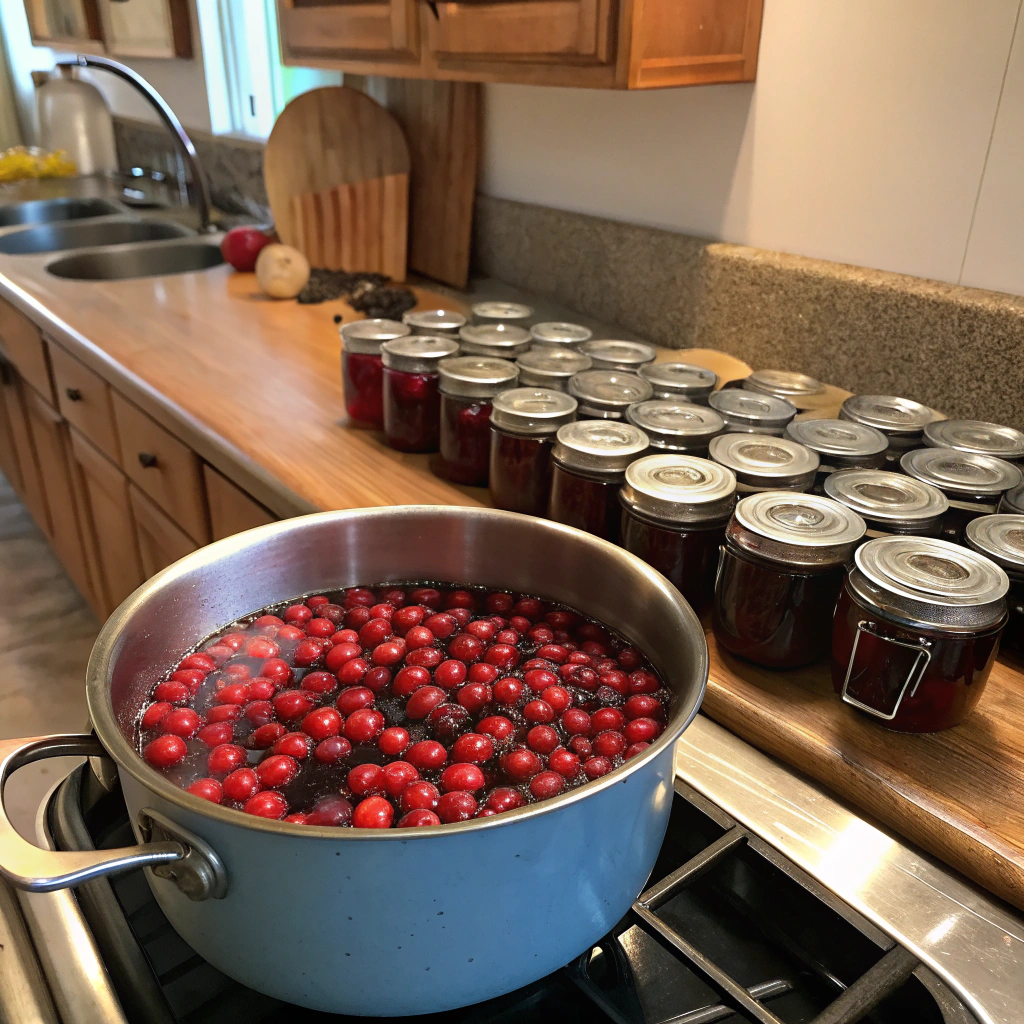
Here’s the general flow:
- Gather the berries: Fresh or frozen, doesn’t matter—just make sure they’re ripe, red, and clean. You’ll need a good few cups (usually 4–5 cups of berries = 2 cups of juice).
- Cook them down: Add enough water to barely cover the berries, then simmer for 20–30 minutes until they’re soft and juicy. This is when your kitchen starts smelling amazing.
- Strain the juice: Use cheesecloth, a jelly bag, or even a clean cotton T-shirt if you’re in a pinch. Let it drip—don’t squeeze! That makes the jelly cloudy.
- Add sugar and pectin: Mix the juice with sugar and powdered pectin, boil it like it owes you money, and test the “jiggle” factor (there’s a trick with a cold spoon or plate).
- Jar and seal: Pour into sterilized jars, seal ‘em up, and give them a hot water bath to lock in all that fruity goodness.
Boom—you’ve got jelly.
With or Without Pectin?
There’s some debate here. Traditionalists sometimes skip the commercial pectin and go full rustic, using the natural pectin in the mayhaws themselves (or boosting it with green apples). It works, but it takes longer to cook and may have a softer set.
Using powdered pectin is faster, more reliable, and great for beginners. It ensures a nice, firm-but-spreadable texture that holds up on biscuits, cornbread, or—let’s be honest—a spoon straight from the jar.
Fun Ways to Use Mayhaw Jelly
Classic Southern Pairings
Let’s not overthink this—mayhaw jelly was made for hot, buttery carbs.
- Biscuits (obviously)
- Cornbread
- Sourdough toast
- Pancakes and waffles
Basically, if it’s warm and bready, this jelly wants in.
Creative Twists: From Cheese Boards to Glazes
Now for the fun stuff. Mayhaw jelly isn’t just a breakfast buddy—it pl
ays well at dinner and dessert too.
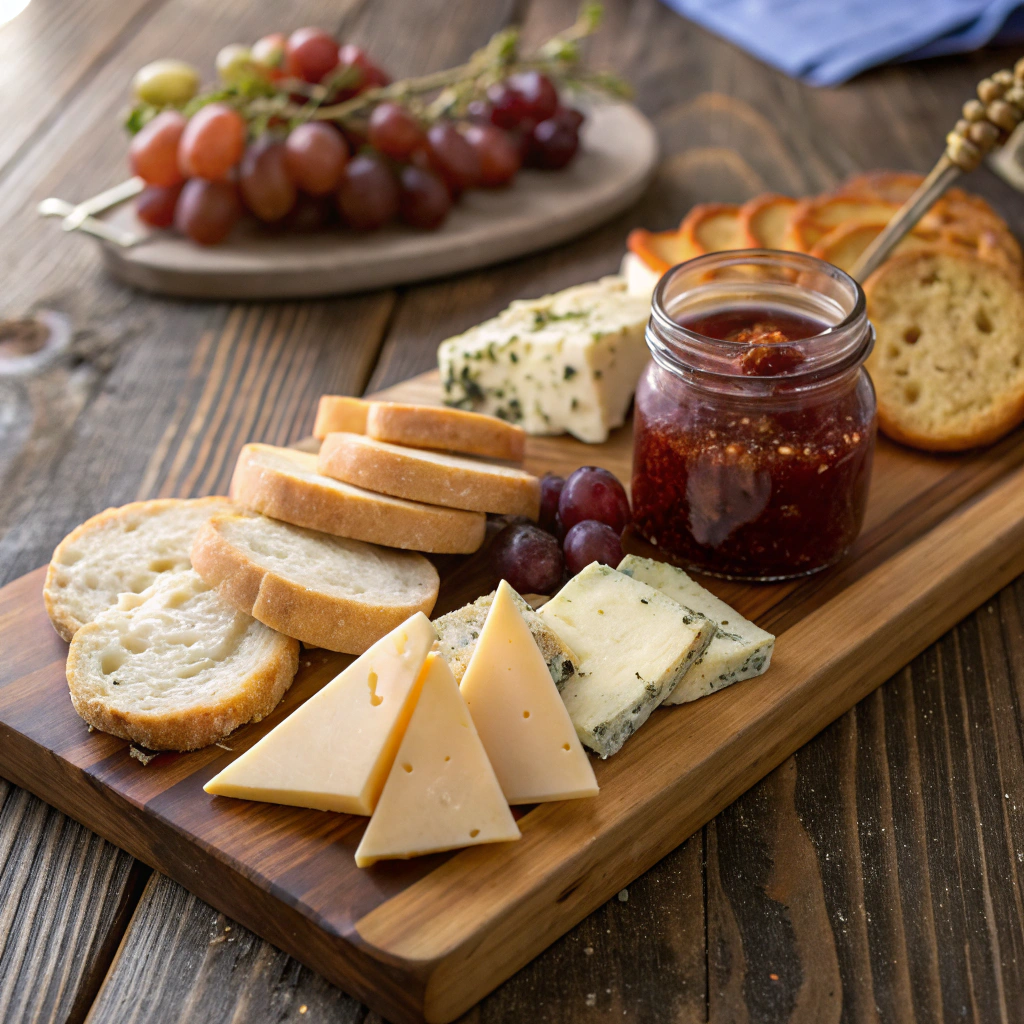
- Cheese boards: Try it with brie, goat cheese, or sharp cheddar for that perfect sweet-savory hit.
- Glazes: Melt it down and brush it over grilled chicken, pork chops, or meatballs.
- Cocktails: Stir a spoonful into a whiskey sour or use as a mixer base (yes, really).
- Baking: Swirl it into cheesecakes, sandwich it in thumbprint cookies, or drizzle over pound cake.
For more delicious recipes and cooking inspiration, follow me on Facebook, Pinterest and Reddit!
It’s a flavor booster, a Southern surprise, and the kind of jelly that makes you feel just a little fancy—even when you’re in PJs.
FAQ : Top Questions About Mayhaw Jelly
What is mayhaw jelly made from?
It’s made from the juice of mayhaw berries, sugar, and usually pectin. The berries are boiled down to extract juice, which is then cooked with sugar and thickened into jelly.
Where can I buy mayhaw jelly?
You can find it at local farmers markets across the South, specialty food stores, or online through Southern food retailers and small-batch jelly makers.
What does mayhaw jelly taste like?
It has a sweet-tart flavor—kind of like a cross between apple jelly and cranberry sauce, but with its own unique zing. It’s not overly sugary, and it has a smooth, spreadable texture.
Can I make mayhaw jelly at home?
Absolutely! With fresh or frozen mayhaw berries, some sugar, and pectin, you can make it on your stovetop. It’s a rewarding DIY project that tastes as good as it sounds.
Does mayhaw jelly need to be refrigerated?
If unopened and sealed properly, it can be stored at room temperature. Once opened, it should be kept in the fridge and enjoyed within a few weeks for the best flavor.
Is mayhaw jelly healthy?
While it does contain sugar like any jelly, mayhaw berries are rich in antioxidants. So while it’s a treat, it also has a bit of a nutritional perk compared to more processed spreads.
Conclusion
Mayhaw jelly is more than just a regional delicacy—it’s a bite of Southern tradition, packed with bold flavor and generations of heart. From the swamps where mayhaw berries grow to the kitchen tables where jelly jars are cracked open with a smile, it’s a food that tells a story. A little wild, a little refined, and absolutely unforgettable, this jelly captures everything we love about handmade, homegrown flavors.
Whether you’re a lifelong Southerner with a pantry full of mason jars, or someone hearing “mayhaw” for the first time, one thing’s for sure: once you’ve had a taste, you’ll never forget it. So next time you see a jar labeled Mayhaw Jelly, don’t pass it up—spread it on, savor the zing, and enjoy a true Southern classic.
